The stillness felt like tortureI would rather have done 40 morechaturangasthan lie there motionless.
Not just within the four corners of my mat, but within the overall framework of my life.
In yoga, Svadhyaya is the practice ofstudying oneself.
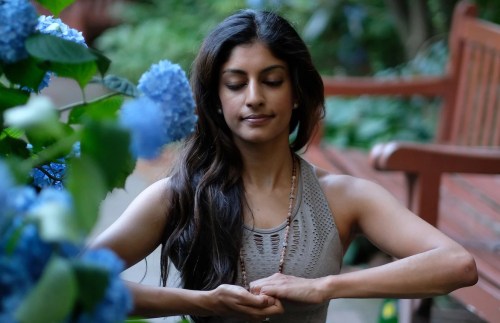
It is the fourth of the Niyamas, or rules, of conduct applied on an individual level.
The Niyamas are one of the eight limbs of yoga laid out in the Yoga Sutra.
(Asana, or pose, is justoneof the limbs.)
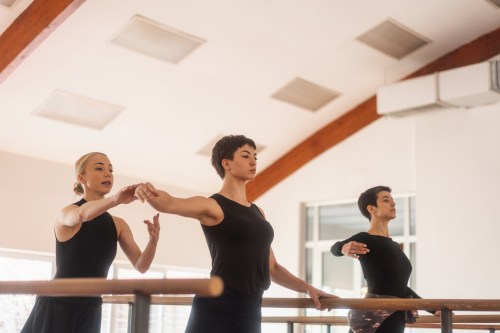
…
I cannot pinpoint when things started to change for me in Savasana.
But overtime, the stillness became more tolerable, and then it even became… inviting.
In stillness, I am forced to look at everything I constantly moved away from.
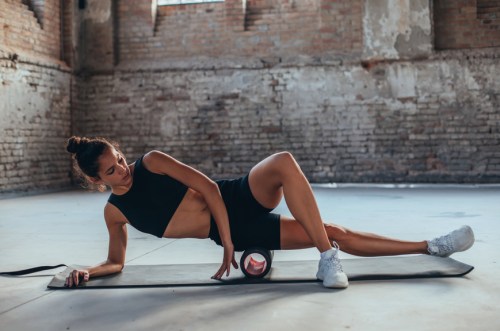
Going through the motions of my life at a steady pace meant less room for unpredictable events.
Less room to lose control and more space to feel comfortable.
I told myself that this was the style of yoga I liked and felt most connected to.
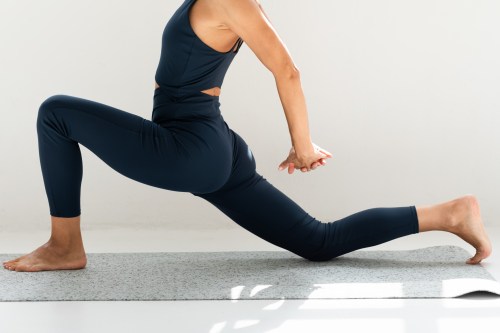
I started to question why the stillness and pause were difficult for me.
This questioning itself can be seen as part of self-study, a fruitful part of practice.
I wanted my practice to grow into more of an inward exploration.

…
I wondered: what made me want to keep moving from shape to shape without pause?
Where else does thisshow up?
Is there a pattern in the way I practice, in the way I face challenges?
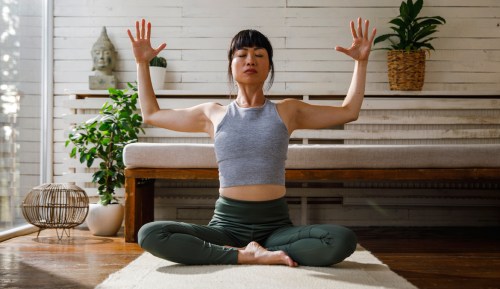
Where was I doing that in my life off the mat?
Bit by bit, I changed my approach.
In the pauses, I took time to notice the physical details of the postures.
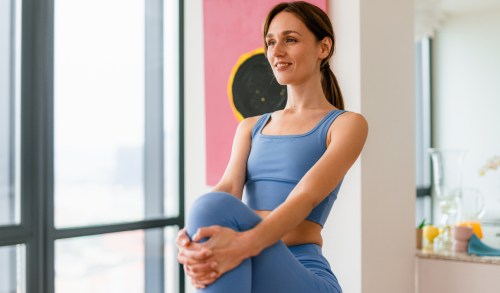
I brought my attention to what my hands and my feet were doing.
And then, what my fingers and my toes were doing.
And then, what my breath and my gaze were doing.
With time, I noticed how amazing each of these details can be once I started to study them.
And bit by bit, stillness became a more intriguing study of myself.
This tool of simple observation began to transfer from my mat to various aspects of my life.
I saw I felt much more fulfilled when I focused on the quality of my interactions rather than quantity.
By committing to less, I began to feel more present.
It was similar to the feeling I have on my mat so alive in each moment of simply breathing.
Further, these are opportunities to shape the person you want to be…on and off your mat.
Raise your arms out to the side so that they are parallel with the floor.
Turn your left foot 15 degrees in and turn your right foot out to 90 degrees.
Line up your right heel with your left heel.
Adjust the block so that it lines up right underneath your shoulder.
Breathe here for 5 to 10 cycles.
Do your feet feel securely pressed to the ground?
Does this change the way the pose feels for you?
Are you standing in the pose with a sense of greater purpose?
As you gaze up at your top hand, look at the finger tips.
Notice what taking the fingers from clenched to relaxed can on an emotional level.
Vriksasana (Tree Pose)
Stand with both feet on the ground and your hands on your hips.
Bring your hands together at your heart.
Breathe here for 5 to 10 cycles.
As you remain in the pose, draw your attention down to the roots of the tree.
Notice if the toes are spread out wide.
The surface area you take up, your points of contact with the ground give youstability.
Are your hands pressed together with a sense of action?
What does the palm to palm, skin to skin connection feel like?
Where is your gaze focused?
Find something steady in front of you to gaze at.
Once you do, soften the inner and outer corners of your eyes.
Notice how keeping your vision soft and steady can change the way the moment feels.
The way you gaze directly impacts your nervous system response.
you’re able to take this aspect of self-study off your mat too.
In a moment where you feel distracted or frazzled off your mat, notice what your eyes are doing.
Most of the time when we are anxious, our eyes move quickly and even bulge out.
Utthita Parsvakonasana (Extended Side Angle)
Stand on your mat and step your feet 4 feet apart.
Raise your arms out to the side, face your palms downwards.
Angle the left toes in at 15 degrees.
Stretch your left arm over your left ear, turn your palm to face down.
Breathe in this shape for 5 to 10 breath cycles.
Move through the details of the hands and feet as we have in the poses above.
Notice if your feet are secured to the ground.
Notice the effort of the fingertips, especially the top hand.
Next, bring your attention to your torso, specifically your side body.
Is one side feeling much more of the effort than the other?
Is the torso dumping downwards so that you might reach the ground?
See if you’re able to adjust the pose so thatboth sides of the bodyfeel light and long.
This may mean adding a block or taking it to a higher heightsutra.
Can you also do the same to the upper vs. lower body effort?
How does this change the way the shape feels for you?
How does this naturally change the way you breathe and gaze in the posture?
Often, we think of yoga poses as targeted towards one part of the body.
You might notice this on your mat and (surprise!)
see if reflect in your life.
When we tax one part of our lives we find ourselves burnt out.
Savasana (Corpse Pose)
Here is where the study of stillness gets very real.
It can feel jarring to be asked to become still.
After this, lay on your back and widen your feet, let your toes angle outwards.
Before coming into stillness, I like to Rest your arms alongside your body with your palms face up.
Once set up, let the fingers and toes completely unfurl any tension.
Let your body fully receive this give.
Are the thoughts racing in and taking over?
Are you feeling an urge to move forward with your day?
This is your chance to examine why.
See if you’re able to let yourself watch your thoughts.
See them come in and without clinging or judging them, let them pass by.
Keep practicing this pattern, again and again.
When you do move off your mat fromsavasana, move slowly.
And take note of one observation you made about yourself in stillness.
…
Got it, you’ve been added to our email list.